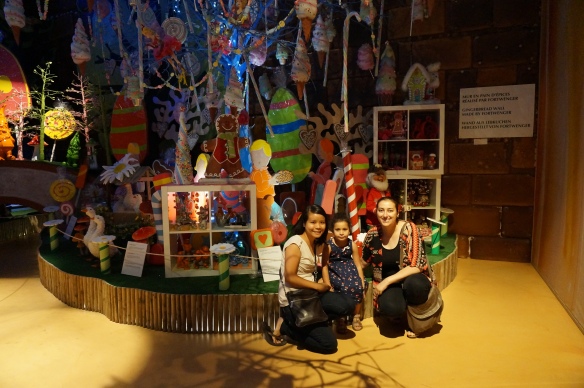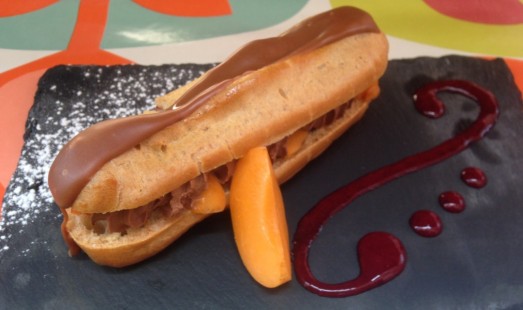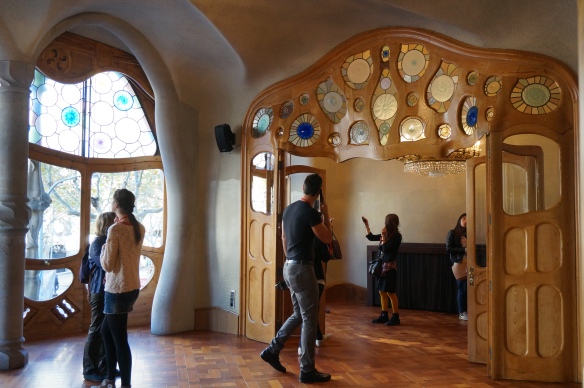 The film where Russell Crowe plays a British investment broker who inherits his uncle’s chateau in Provence is one of our favourite movies. We like it for the laid back atmosphere and the lifestyle associated with living in Provence, all the while being surrounded by nature. Despite visiting the provençal region twice before, this was the first time that Gareth and I felt we were finally seeing la vrai Provence, comme au film. Maybe finally seeing rolling hills of lavender had a lot to do with it! Believe it or not, we somehow managed to miss lavender season in both our previous trips to Provence!
The film where Russell Crowe plays a British investment broker who inherits his uncle’s chateau in Provence is one of our favourite movies. We like it for the laid back atmosphere and the lifestyle associated with living in Provence, all the while being surrounded by nature. Despite visiting the provençal region twice before, this was the first time that Gareth and I felt we were finally seeing la vrai Provence, comme au film. Maybe finally seeing rolling hills of lavender had a lot to do with it! Believe it or not, we somehow managed to miss lavender season in both our previous trips to Provence!
Driving through Valensole, an area known for its lavender fields, I couldn’t help but get excited as we saw field after field of this plant at every turn. The pictures below were taken near a town called Puimoisson, where we saw one lavender distillery and later met the owners who also run a small shop, La maison du lavandin, which sells everything lavender: the flowers themselves stored in provençal style sachets, oil/perfume, soap (with different lavender oil content), and even lavender honey!

Gareth’s aunt Maija spent the day with us as we drove through Valensole and the surrounding area!

Family run lavender shop. Chatted with the owners whom we found very friendly!
It would have been interesting to see the harvest, but we came a couple of weeks early. We’ll keep working on our timing! 🙂
On that same day, we continued to drive through Provence to the Gorges du Verdon, dubbed the “Grand Canyon of Europe”. Neither of us had been to the one in the US, so we’re unable to compare, but what we did see was spectacular!


Can you spot the 2 rock climbers?
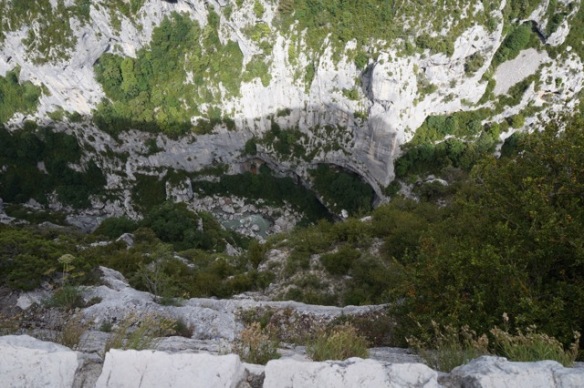

 …. and I don’t mean the restaurant chain back home! ;p
…. and I don’t mean the restaurant chain back home! ;p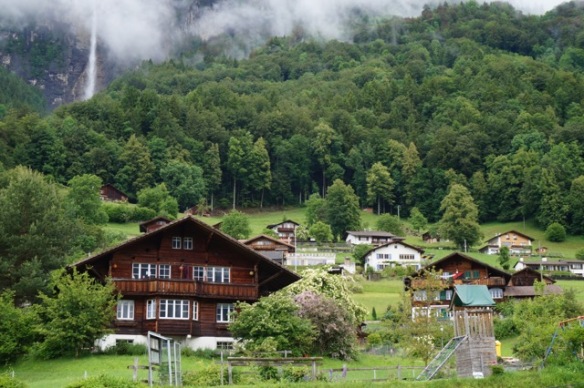



 Our two-day séjour in Gruyères consisted of going to 2 cheese-making demonstrations and predictably, eating lots of cheese! The first place we visited was called La Fromagerie d’Alpages, an old cottage from the 17th century which was transformed into a cheese dairy. There we signed up for a dégustation (“tasting”) where we got to sample a few different cheeses made in the local region, and of course, some wine!
Our two-day séjour in Gruyères consisted of going to 2 cheese-making demonstrations and predictably, eating lots of cheese! The first place we visited was called La Fromagerie d’Alpages, an old cottage from the 17th century which was transformed into a cheese dairy. There we signed up for a dégustation (“tasting”) where we got to sample a few different cheeses made in the local region, and of course, some wine!



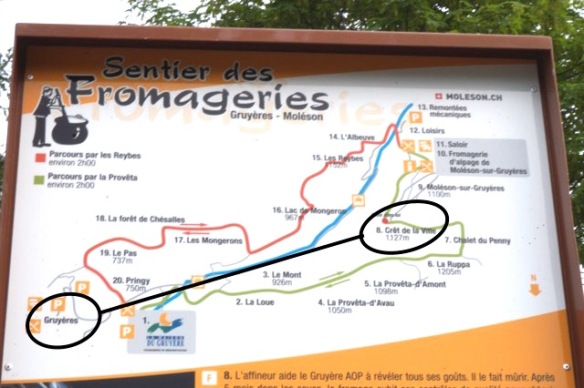
 On our second day in Interlaken, we went to a chocolaterie called
On our second day in Interlaken, we went to a chocolaterie called 






 Exactly one year since our last trip to Paris/Strasbourg, Gareth and I find ourselves back in Europe! For the first time, we are visiting Switzerland, land of alpine goodness. 🙂 We started our trip in Lausanne, hoping to take it easy while trying to get over jet lag. We then took a day trip to Montreux to see the famous Château de Chillon. I have to say that after seeing Koenigsbourg in Alsace, every other castle we’ve laid eyes on just pale in comparison. Probably not a good thing, but that’s how we’ve been feeling. 🙂
Exactly one year since our last trip to Paris/Strasbourg, Gareth and I find ourselves back in Europe! For the first time, we are visiting Switzerland, land of alpine goodness. 🙂 We started our trip in Lausanne, hoping to take it easy while trying to get over jet lag. We then took a day trip to Montreux to see the famous Château de Chillon. I have to say that after seeing Koenigsbourg in Alsace, every other castle we’ve laid eyes on just pale in comparison. Probably not a good thing, but that’s how we’ve been feeling. 🙂






